6/15/2024
Understand Color Psychology: Each color has a different emotional and psychological effect. For example, blue is known to promote calmness and serenity, while yellow can boost energy and spirits. Before selecting colors for your interiors, consider the mood and atmosphere you want to create in each room.
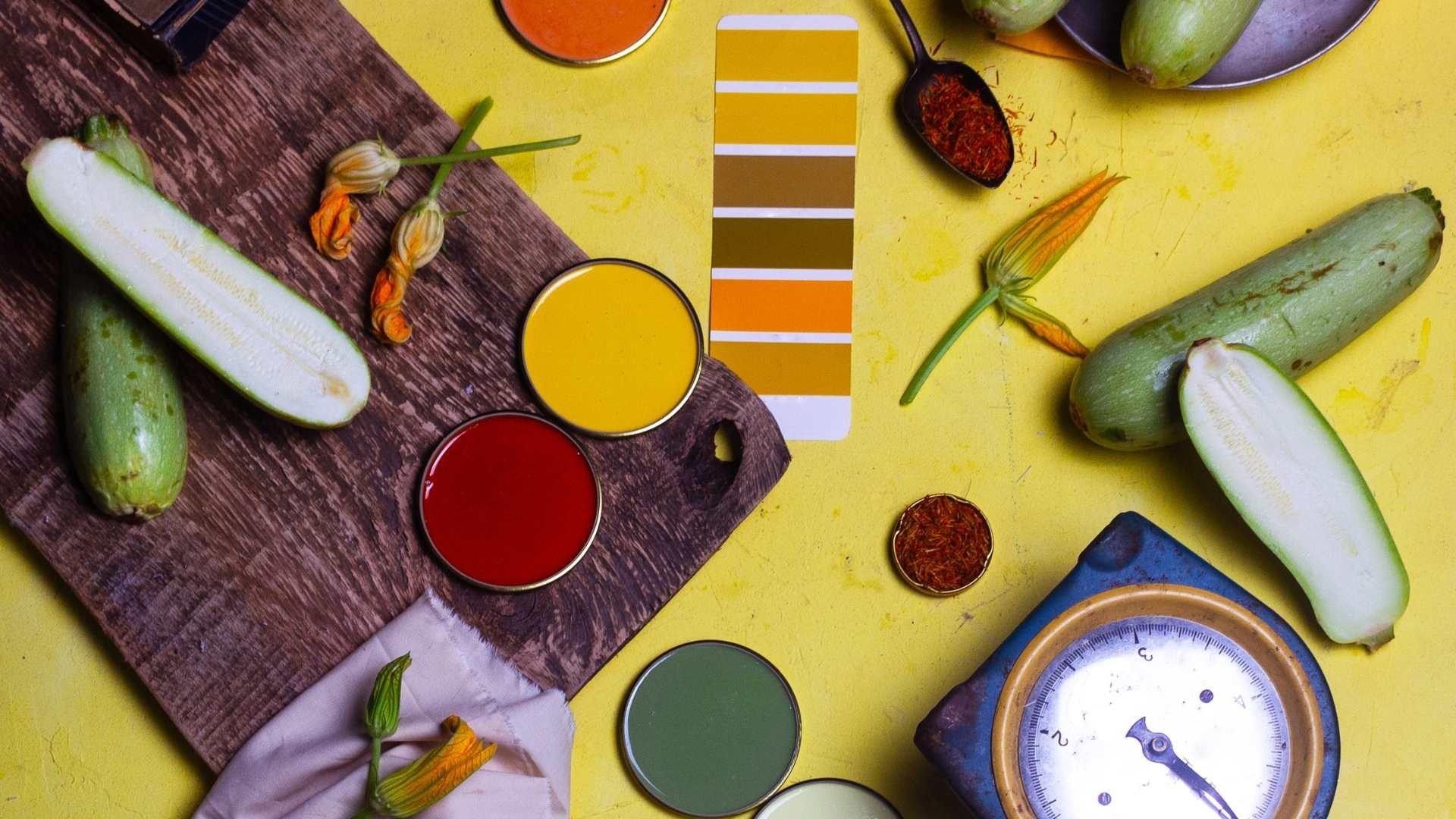
Establish a Consistent Palette: Choose a consistent color palette for the entire home or for each individual room. This doesn't necessarily mean using the same color everywhere but rather selecting complementary shades that harmonize with each other. For instance, if you opt for a neutral palette, you can add pops of color with brighter hues to create contrast and visual interest.
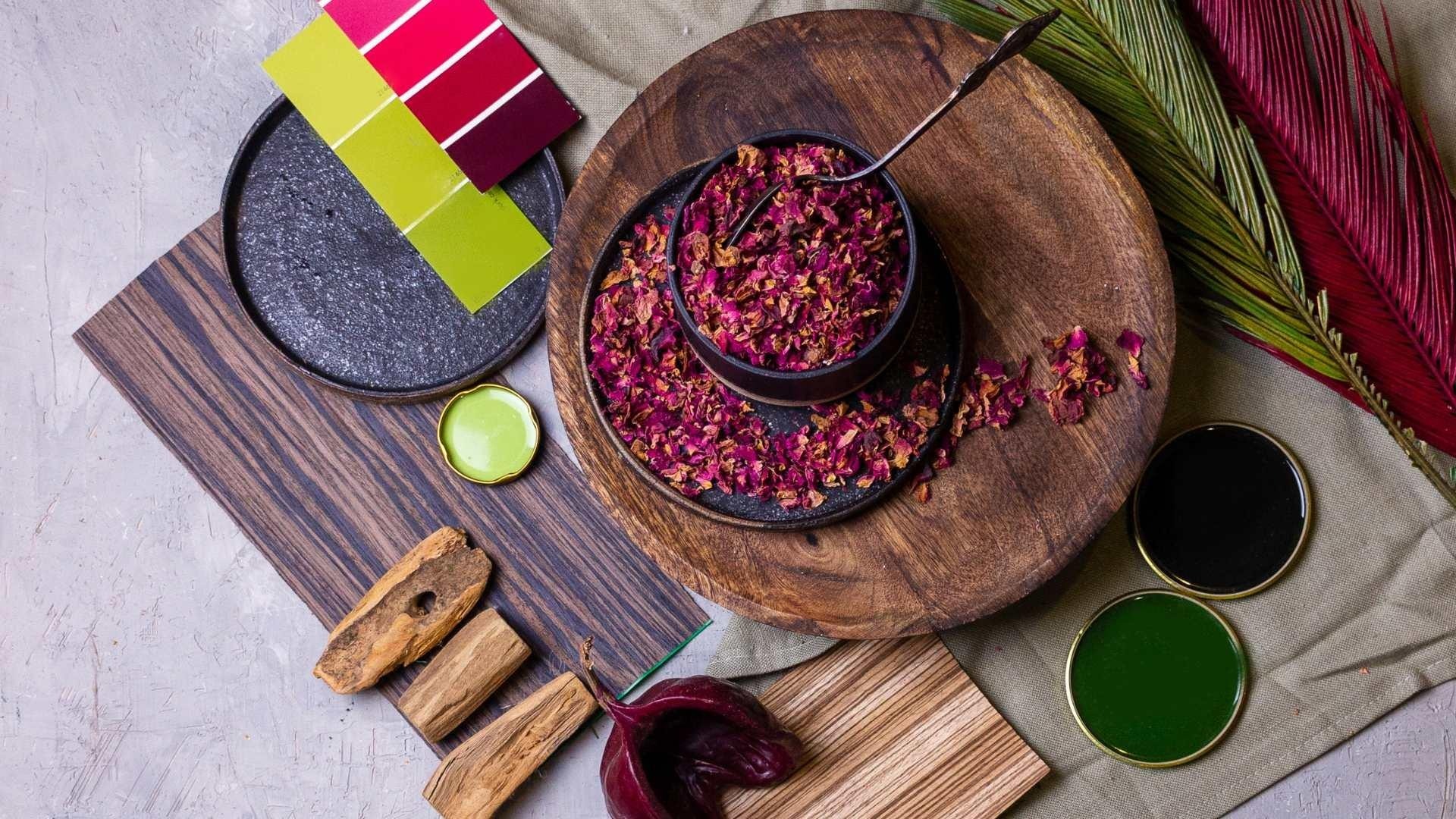
Play with Proportions: Use color to balance the proportions of a space. For instance, in a small room, you might opt for light and airy shades to make it appear larger and more spacious. Conversely, in a large open space, you can experiment with deeper and richer colors to create a sense of intimacy and warmth.
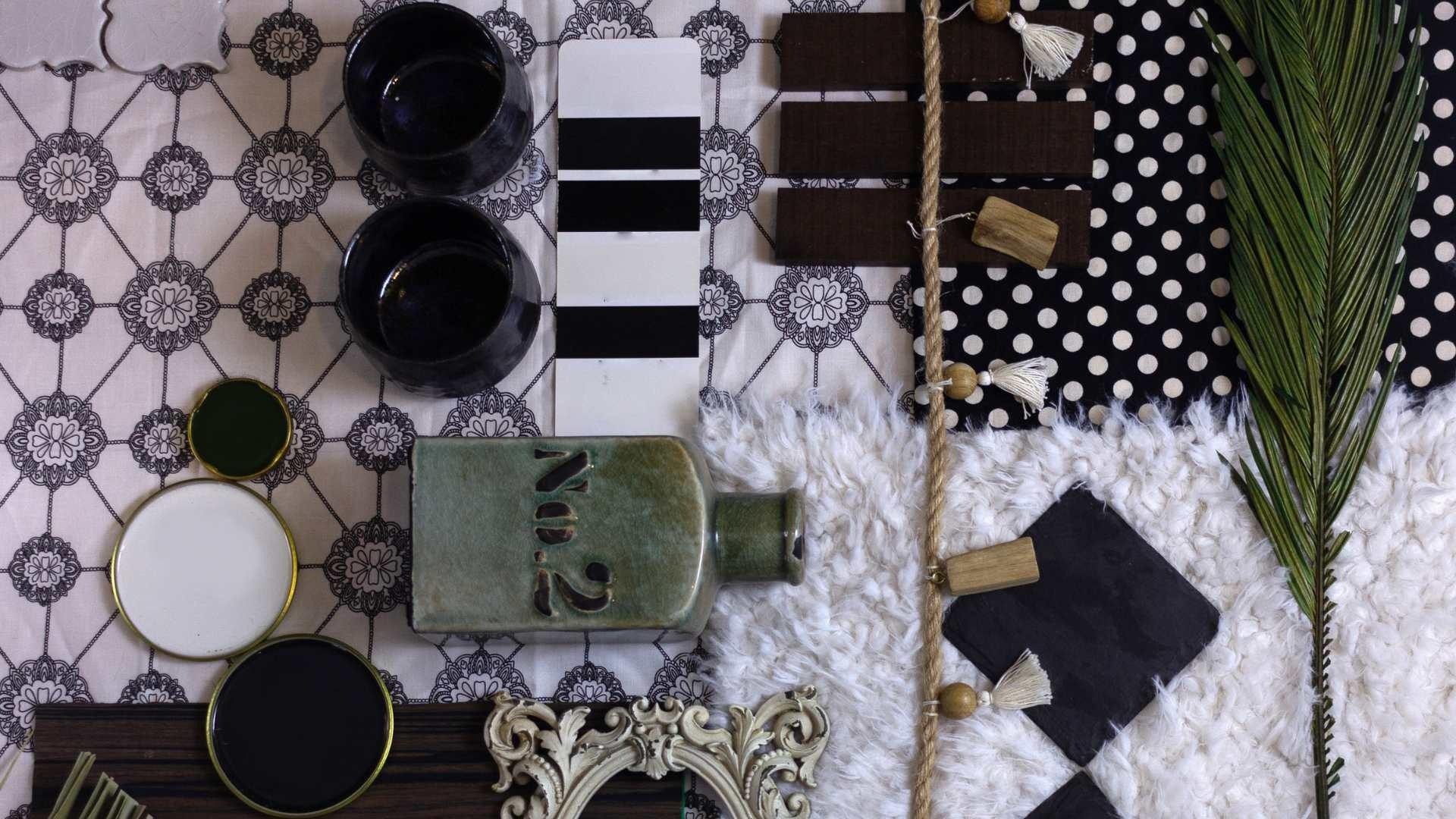
Experiment with Texture and Materials: In addition to color itself, consider the textures and materials of furniture and accessories. The contrast between smooth and rough surfaces, matte and glossy finishes can add depth and visual interest to a space. For example, you can pair a velvet sofa with linen cushions for a mix of textures and styles.
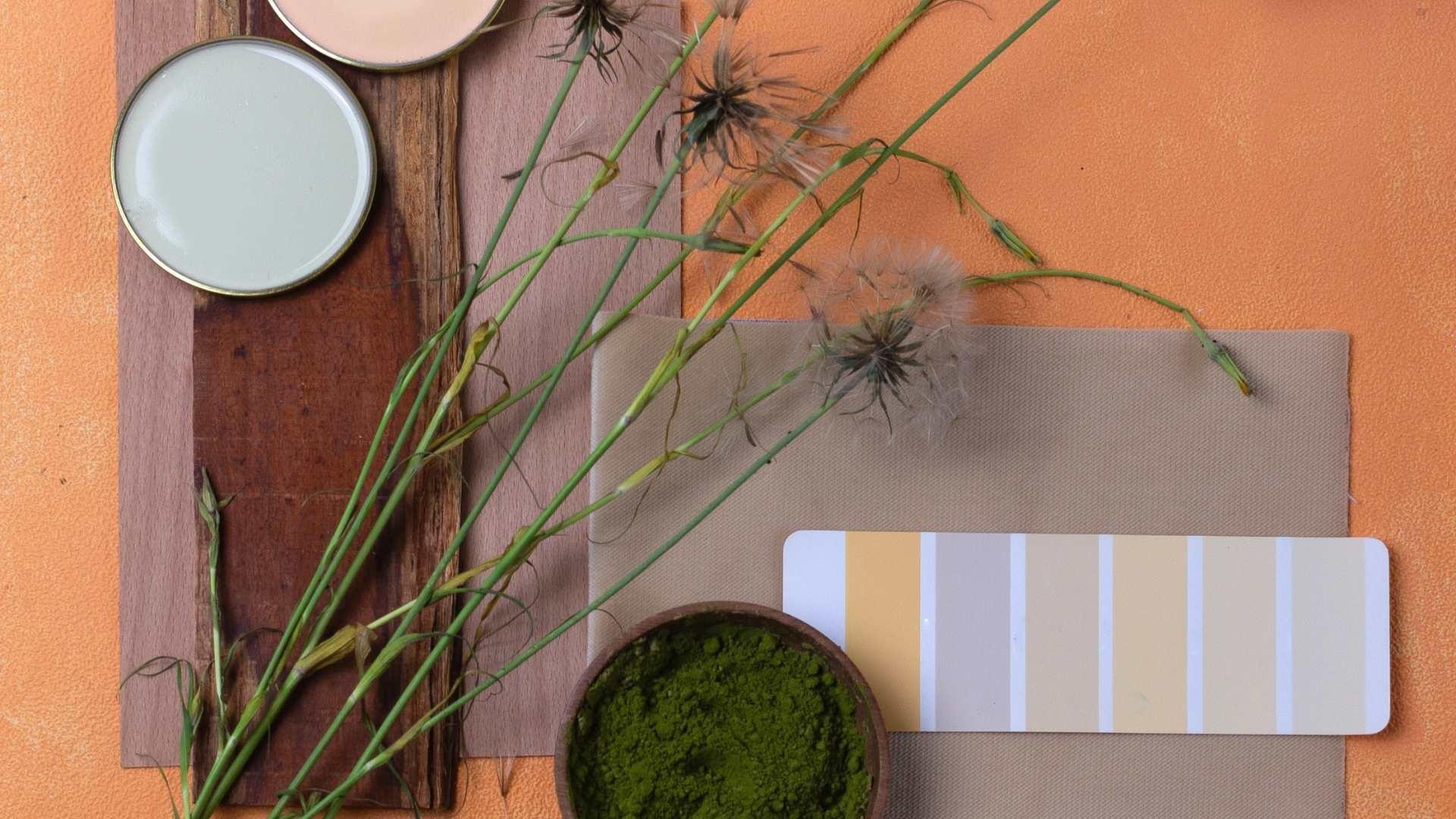
Add Colorful Accents: Lastly, don't forget to incorporate colorful accents to infuse vibrancy and personality into your interiors. You can do this through cushions, rugs, artworks, plants, and other accessories. Choose shades that complement your main palette and distribute them evenly for a harmonious visual effect.
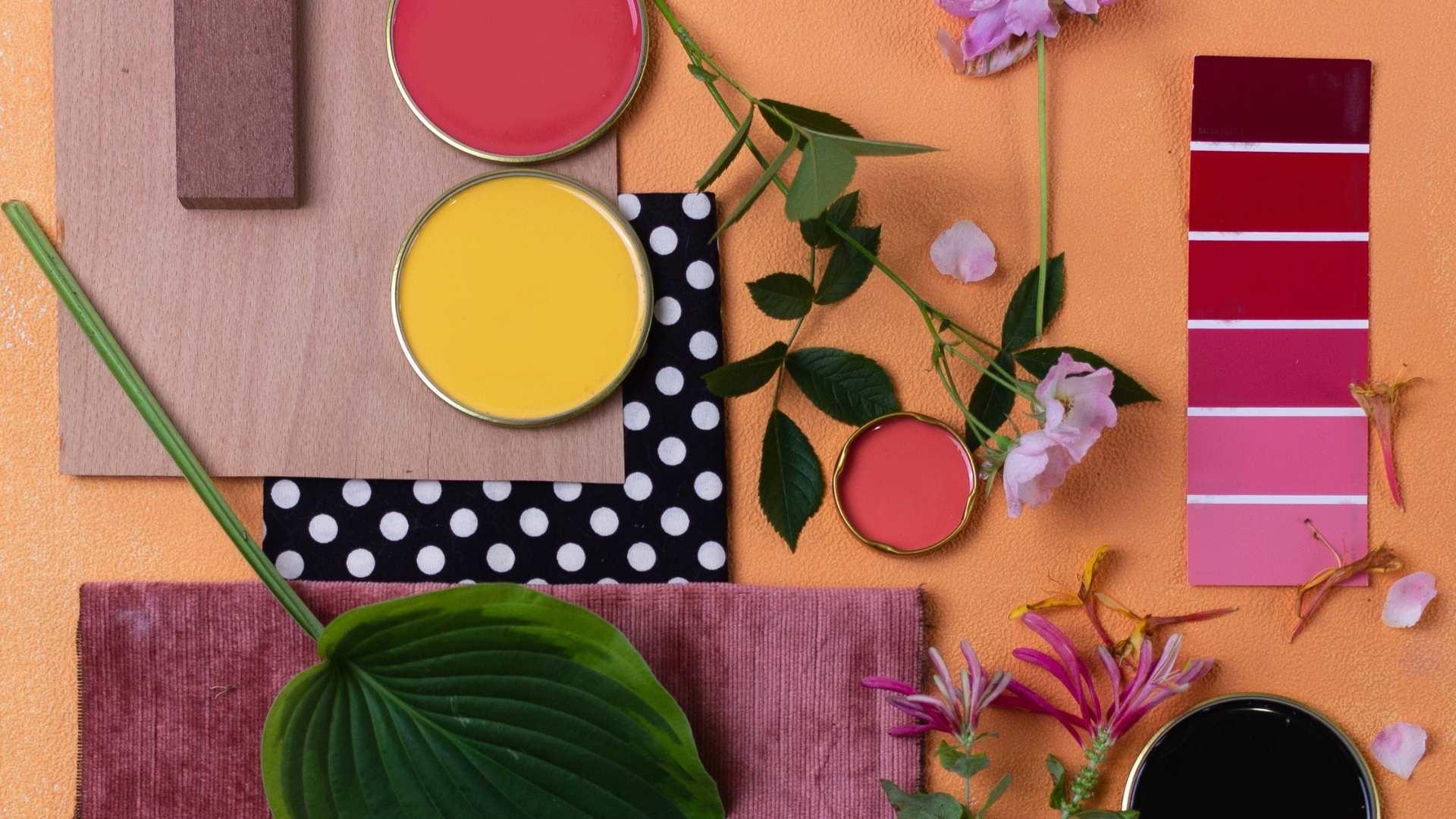
Experimenting with color in interior design allows you to create unique and inviting spaces that reflect your style and personality. Remember, there are no hard and fast rules—have fun and let color inspire your creativity!